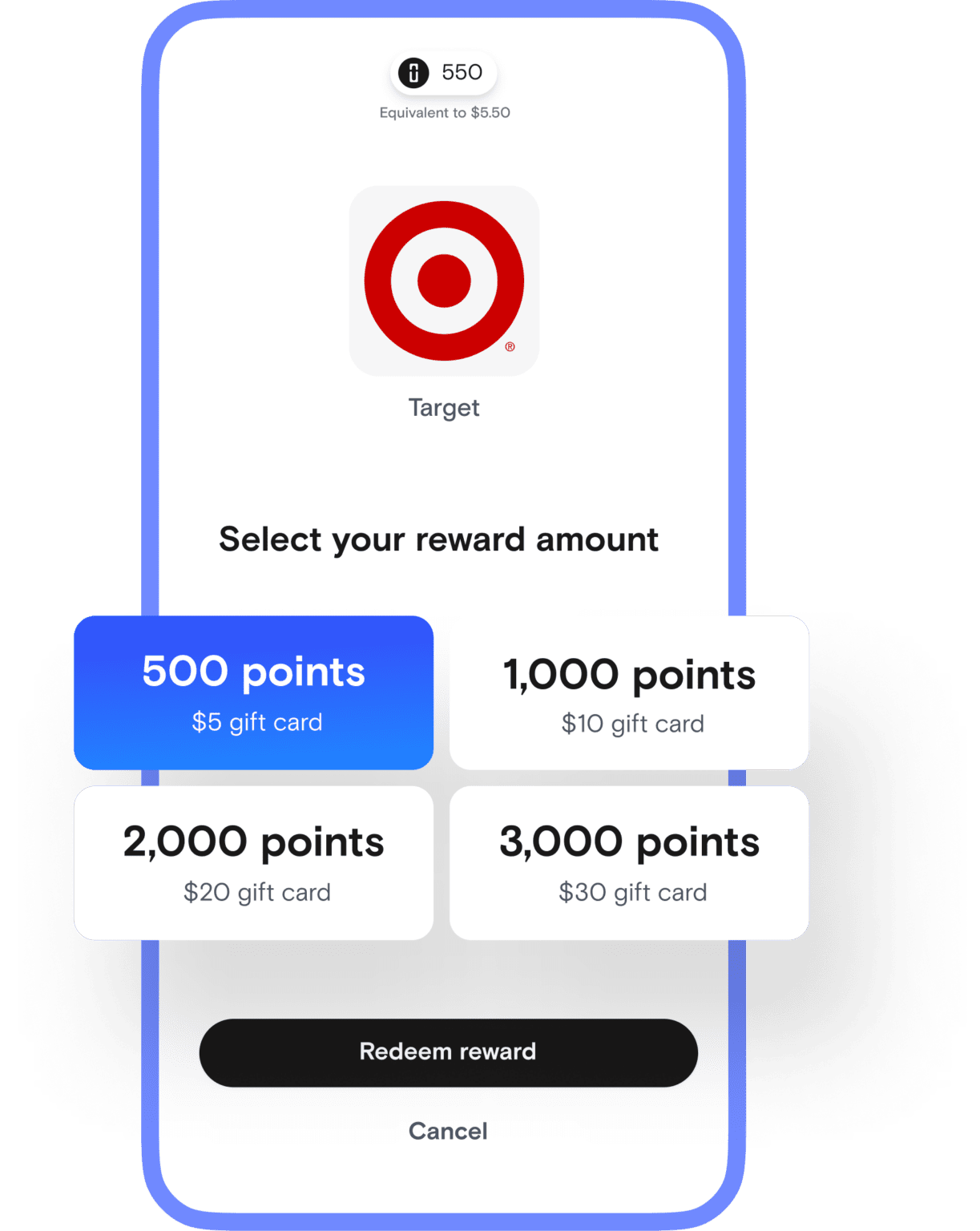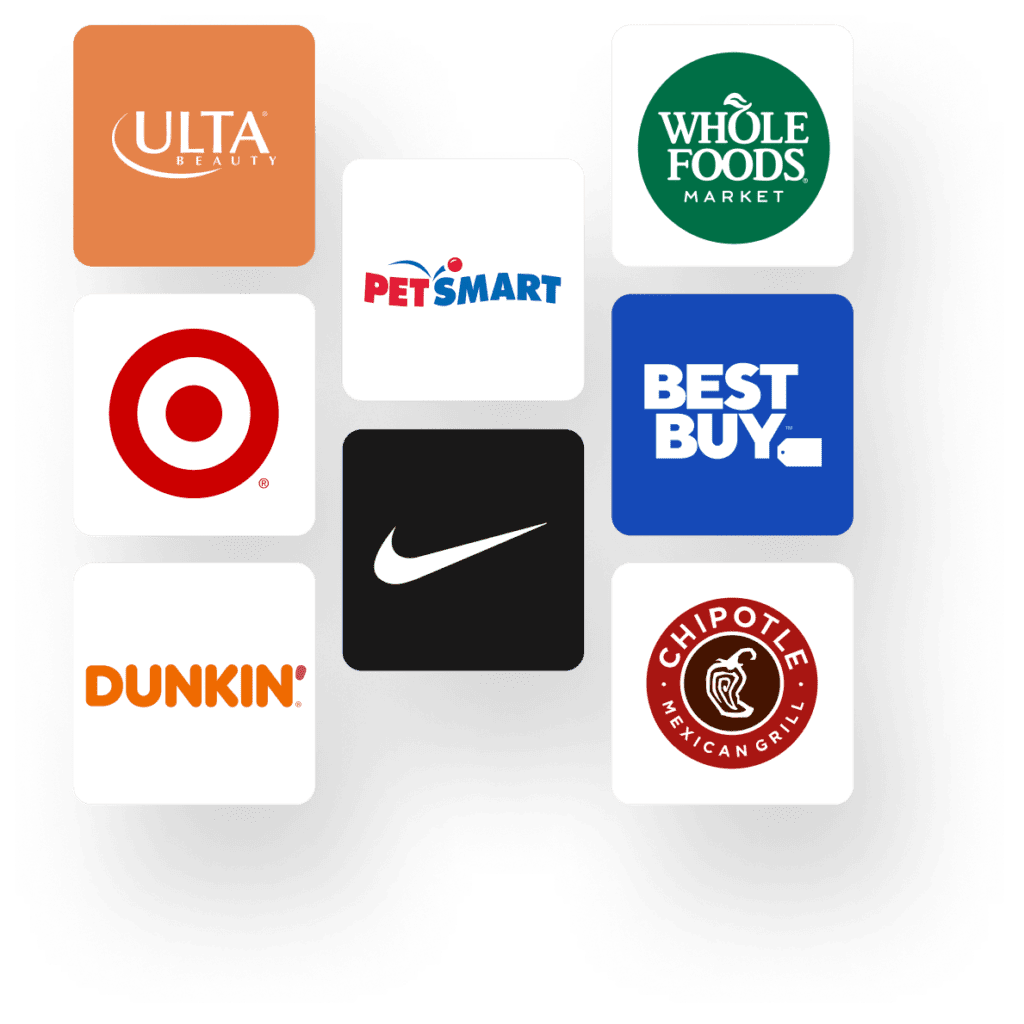

How to earn with
your data

How it works
- Create an Invisibly account
- Fill in your profile information
- Connect your bank account and earn points from answering surveys or sharing your data*
- Use your points to redeem premium rewards
*Invisibly will not have access to your credentials, balances, or be able to perform actions from your connected accounts.
How it works
-
Create an Invisibly account
Easily sign-up using your Google or Apple email account. -
Fill in your profile information
Automatically earn 100 points just for completing your profile. -
Connect your bank account and earn points from answering surveys or sharing your data*
You have complete control of what data you share and it's always encrypted. -
Use your points to redeem premium rewards
Once you've reached 500 points you can redeem them for any of our reward partners. You can also choose to save them for larger rewards from your favorite brands.
*Invisibly will not have access to your credentials, balances, or be able to perform actions from your connected accounts.
Premium rewards, powered by
your data.

Why give it away for free when you can earn rewards from it? Every day, big tech is making billions from your information. It’s time to get your cut.

Hear it straight
from our users


What the people
are saying
“I've been using Invisibly every day as my go-to hack for reading free articles that I otherwise get hit with a paywall or need my credit card info to access. They already have Wall Street Journal, MarketWatch, and others that I love, but from what I’ve read I think they are a growing startup, so I’m excited to see what other publications get added soon.”
— Amy Rose, Invisibly user
“Invisibly’s transparent approach is what initially piqued my interest. Decided to give it a try and I was not disappointed. Never thought I’d actually get rewarded for my data but here we are!”
— Emma Wilson, Invisibly user
“New favorite app!! Insane I can get the Wall Street Journal without the WSJ prices. I like the concept of using data to “pay” for news content. The surveys are short, and there are other ways to earn points too! Love this concept!!”
— Iris Redmond, Invisibly user
Your data has
value. Discover
its worth.
It’s like the digital version of leaving a receipt behind. Answer surveys and share how you spend to earn premium rewards from your data — no hidden costs, no strings attached.
Frequently
Asked Questions
Invisibly collects data on your transaction history and opinions through the accounts that you choose to connect and the surveys you take. We will not have access to your credentials, balances, or be able to perform actions of any kind.
You can use Invisibly to redeem rewards from Dunkin’, Target, Nike, Chipotle, Ulta Beauty, Best Buy, Nordstrom, PetSmart, and Whole Foods. We are continuously adding more reward partners to our platform, so make sure to stay tuned for new reward opportunities.

